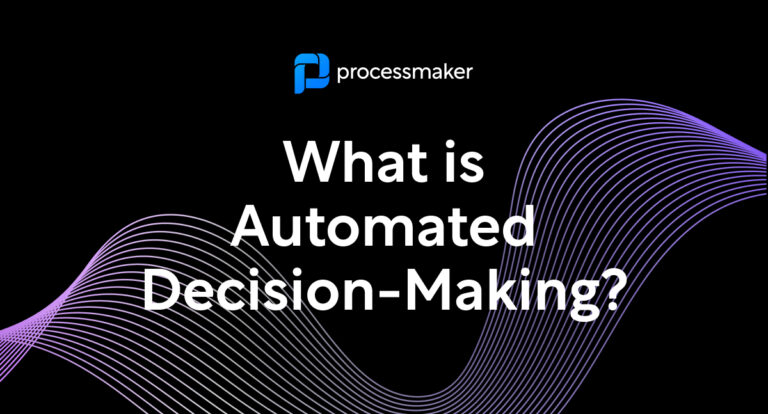Employee turnover is becoming a major obstacle for organizations focused on innovation, productivity, and overall profitability. The recruiting expense of replacing skilled workers is just the beginning. Ramp-up time, training and department-wide disengagement all add to the cost of an employee resignation. A recent research report from the Aberdeen Group shows that this issue is impacting companies in every industry, with 55 percent of high-performing organizations and 68 percent of average and low-performing organizations listing high turnover as a significant problem.
Closer examination of the factors driving turnover offers a surprising revelation: It is possible to accurately predict which employees will leave by looking at the length and quality of an organization’s onboarding process. In fact, another Aberdeen study determined that 86 percent of new hires make an active decision to remain with the company or search for other opportunities within their first six months on the job. Their decision to stay or to keep looking is strongly influenced by the onboarding experience. A critical component of retaining top talent is creating a comprehensive strategy to support employees from the point of hire through their first year of service.
The Role of HR Automation in an Effective Onboarding Program
Many organizations have taken advantage of new automation solutions to simplify and streamline the candidate sourcing and hiring processes. Unfortunately, it is quite common for new hires to experience an abrupt change in how processes are managed after starting their new position. The automation stops once employees are on the job. They fill out endless forms, track their own training, and hope their new manager won’t forget to share critical information.
High-performing organizations have found alternative methods of handling the new hire experience, increasing effectiveness and improving engagement levels long term. For example, these companies are 82 percent more likely to have a pre-boarding process to bridge recruiting and onboarding, and they are 2.3 times more likely to start the training process during onboarding in an effort to help new hires become independent as quickly as possible. Of course, managing these activities can quickly become ineffective if left to recruiters and managers who are already short on time. As a result, the most successful organizations have implemented the use of business process management, or BPM, software to organize and automate the onboarding process.
Improving the New Hire Experience through Automation
The effectiveness of your onboarding process is influenced by recruiting practices, which are the candidates’ first point of contact with employers. Information collected and organized during recruitment can seamlessly integrate with onboarding through automation. For example, advanced automation platforms offer the following capabilities:
- Collection, organization, and storage of information from resumes to keep a pool of candidates for the future or to support the onboarding process.
- Collection and distribution of information from candidate questionnaires to speed up the interview process.
- Allow candidates to self-schedule interviews, removing the role of HR as the middleman and adding efficiency to the scheduling process.
New hires don’t have to spend the first few days of work filling out forms. Instead, basic onboarding tasks are managed through an automated process so they can jump right in. It is possible to automate some of the most time-consuming and least engaging items on the new hire checklist. Examples include:
- Automatic distribution of company information such as employee handbooks, office directories, and safety/training information.
- Creation of digital forms that allow new employees to fill in their personal information, ensuring all details are up to date and accurate.
- Digitally storing employee information, which decreases human error and increases security, availability, and accuracy, while reducing compliance errors around sensitive data such as drug testing and background checks.
Automating these tasks also frees managers and HR staff to pursue activities that add greater value.
Benefits of Customized Onboarding
High-quality automated onboarding solutions can be customized to specific roles and individuals. This speeds up the rate at which employees acclimate to the company. Typically, new hires don’t truly start to add value to the organization until they reach six-months. But BPM software can improve this timeline. For example, you can use BPM software to manage the following activities:
- Creation of contract templates for any type of employee.
- Delegation of tasks to supervisors and managers.
- Distribution of more detailed, relevant information to new employees regarding their individual responsibilities.
- Standardization and unification of the onboarding process across the organization.
An organized onboarding process that offers new hires a comprehensive introduction to the company is effective in increasing retention rates long term. Participating employees come away from the onboarding experience with confidence in the organization. Things like missing information don’t spoil their first impressions. There are no confusing information dumps or disorganized presentation of material. In addition, these systems give new hires control over the process by assigning tasks and allowing employees to complete them independently.
Through automation, materials are distributed in a logical manner, and participants have an opportunity to offer real-time feedback. For example, automated onboarding platforms offer survey features that make it possible to correct and fine-tune any holes in the process right away.
Protecting Company Assets Through Automation
Finally, automated onboarding platforms ensure that there are no oversights when it comes to the tasks that are critical to protecting company assets. Within automated processes, organizations can ensure the following items are addressed:
- Signed NDAs and IP assignments.
- Security training completed in its entirety.
- Background checks and/or drug tests are taken — and passed.
BPM software streamlines the onboarding process from start to finish. It leads to higher retention rates and happier, more resourceful new employees. Better still, automation of basic tasks allows the HR department to be more effective by increasing the time and resources available for improving the overall employee experience.
Learn more about using ProcessMaker to automate and streamline onboarding and other HR processes here.





